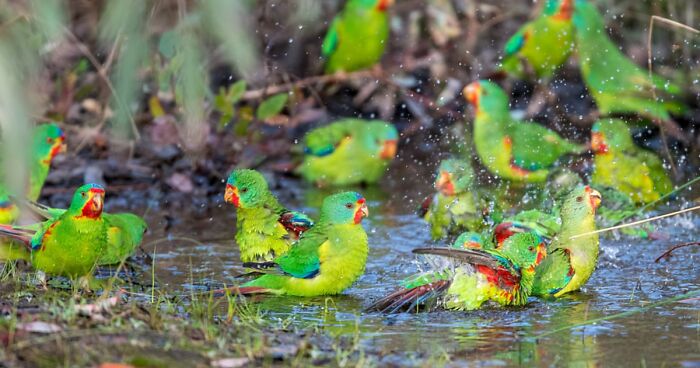
“BirdLife Australia” Released Their 2022 Calendar And It Features Incredible Bird Photographs
Some may say that 2021 felt like forever, while others feel like it flew by quickly. Anyhow, the new year is upon us and BirdLife Australia has some good news for those who enjoy having physical calendars to plan out their year. Australia’s largest bird conservation charity is sharing some of Australia’s most beautiful birds in their Birds on the Move: Connecting our World 2022 calendar.
The charity told Bored Panda: “For almost 10 years now, BirdLife Australia has been producing an annual themed bird calendar. All proceeds go towards our vital conservation work, helping protect Australia’s most threatened birds and their habitats through advocacy, targeted research, field work and monitoring. In 2022, we’re turning the spotlight on some of Australia’s mightiest and most threatened migratory bird species. This includes target species we’re working to protect, such as the Swift Parrot, Carnaby’s Black-Cockatoo and Eastern Curlew.”
When asked about choosing the pictures for this year’s calendar, a representative for BirdLife Australia said: “This calendar features some of Australia’s best bird photographers – of all ages, backgrounds and experiences. Once we’ve decided on a theme and what species we want to highlight, I find the photos for the calendar on social media, on image hosting services and from previous entries to our annual BirdLife Australia Photo Awards. This year’s calendar includes a record number of female photographers and people of colour.”
More info: birdlife.org.au | Facebook | youtube.com | twitter.com
January – Papuan Pitta
Image credits: Laurie Ross
The Papuan Pitta is one of our more mysterious rainforest residents. These small, ground-dwelling birds migrate from New Guinea to breed in the humid rainforests of northern Cape York Peninsula during the wet season (between December and March). Despite their bright plumage, these secretive birds are more easily heard than seen ‒ but can be spotted alone or in pairs, foraging among the leaf litter for prey.
February – Dollarbird
Image credits: Mark Sanders
Dollarbirds ‒ so named after the large pale spot on each wing that resemble silver dollars ‒ arrive in northern and eastern Australia to breed from September, then return to New Guinea and Indonesia
at the end of summer.
These high-flying rollers are often seen on exposed perches like dead branches or powerlines, from which they launch in skilled pursuit of their insect prey.
March – Eastern Curlew
Image credits: Shelley Pearson
Eastern Curlews are the world’s largest shorebirds. Each year, they leave their breeding grounds in Russia and China to make an epic journey to the coasts of Australia, using the Earth’s magnetic field to navigate as they trace invisible flyways in the sky.
Eastern Curlews are found only in the East Asian‒Australasian Flyway. But sadly, the mudflats they depend on along their migration route are being destroyed ‒ and curlew numbers have declined by more than 80 percent in just over 30 years.
April – Cape Petrel
Image credits: Larry Litke
The Cape Petrel is a regular visitor to southern Australian waters in the colder months, where they roam the seas in search of krill, fish and small squid.
These unmistakeable black-and-white seabirds breed in colonies in Antarctica and on subantarctic islands, where they nest on cliffs or on flat ground.
While nesting, they are notoriously aggressive, spraying a foul-smelling stomach oil, both as a defence against predators and an energy-rich food source for their chicks.
May – Orange-bellied Parrot
Image credits: Matt Wright
The Critically Endangered Orange-bellied Parrot is one of the world’s rarest birds, and one of only a few migratory species of parrots. Every year, these small parrots breed in south-western Tasmania during summer before making the long journey across Bass Strait to spend the winter in coastal Victoria and South Australia.
Five years ago, Orange-bellied Parrots were teetering on the edge of extinction ‒ their numbers had plunged to just 17 birds ‒ but today, through careful management, their population is steadily increasing.
June – Pink Robin
Image credits: Deepak Karra
If on a still day you hear the tik, tik, tik of what sounds like a twig snapping, you might be eavesdropping on the quiet chatter of the picture-perfect Pink Robin.
Pink Robins inhabit forests across south-eastern Australia, where they breed in dark, damp eucalypt gullies or cool temperate rainforest. In the winter, they often move into drier, more open habitats, including woodland.
July – Carnaby’s Black-Cockatoo
Image credits: Raeline Smith
For Perth locals, Carnaby’s Black-Cockatoos wheeling across the city skyline are a familiar sight (and sound!) as they migrate to the Swan Coastal Plain from early summer. Then in July, these noisy flocks return to the Wheatbelt, searching for nesting hollows.
Carnaby’s Black-Cockatoos aren’t fussy eaters ‒ their powerful bills are perfect for crunching through banksia seedpods and gum nuts. They have a taste for pinecones too, and pine plantations provide an important feeding habitat. However, widespread land clearing, especially in the Wheatbelt, has caused their population to plummet by 50 percent in the last 50 years ‒ and they’re listed as endangered.
August – Swift Parrot
Image credits: Tony Clark
The Critically Endangered Swift Parrot is one of only a few migratory parrots in Australia. Twice a year, these remarkable birds cross Bass Strait ‒ one of the world’s most treacherous bodies of water ‒ migrating from their Tasmanian breeding grounds to south-eastern Australia.
September – Pink-eared Ducks
Image credits: Rob Solic
Nicknamed Zebra Ducks, Pink-eared Ducks are easily recognized by their racing-stripe plumage. Their oddly-shaped bills allow them to suck water through the tip of their bill, then expel it through the grooves along the side, which filter out the tiny invertebrates they feed on.
Like many inland waterbirds, Pink-eared Ducks are nomadic ‒ they go wherever there is food and water, moving irregularly in response to rainfall. Huge flocks sometimes congregate on large open wetlands, but they can appear anywhere there’s standing water.
October – Rufous Fantail
Image credits: Michael Fuhrer
The aerial acrobatics of the Rufous Fantail are a sight to behold. Occurring mostly in rainforests and wet forests, these dainty birds feed in the air ‒ diving and twisting about in a blur of colour as they catch flying insects.
These restless birds are constantly on the move ‒ and in the spring, they migrate to south-eastern Australia to breed, before heading back north in the cooler months. While on migration, they can appear in unexpected places like urban parks and gardens.
November – Buff-Breasted Paradise Kingfisher
Image credits: Linda Joseph
In November, the spectacular Buff-Breasted Paradise Kingfisher migrates from New Guinea to its breeding grounds in the Wet Tropics of North Queensland where they nest in termite mounds or rotting logs.
Despite their brilliant plumage, they are shy and surprisingly difficult to spot ‒ listen for their loud piping “chop” call, each note accompanied by a flick of their long tail streamers.
December – Crimson Chat
Image credits: Ambika Bone
In most years, Crimson Chats are winter visitors to northern Australia and summer visitors to the south. But when drought hits hard and the saltbush stops fruiting, resulting in fewer insects, Crimson Chats irrupt ‒ arriving in large flocks in places they’re seldom recorded ‒ in search of food and water.
Down south, flashes of crimson among golden fields of canola may be a sight to behold, but it’s a worrying indicator of the severity of the drought they’re escaping.
4Kviews
Share on FacebookThese birds are so beautiful, but it makes me very angry and breaks my heart to see that some are on the verge of extinction and other's populations dropping so fast. Once again, it is due to our incursions into their home areas and destroying it for our own purposes. I dont think we're ever going to learn this lesson because so much of it is about profit. Also climate change. We've done all of this and they are paying the price. Thank God for the people who care and are trying to save them.
These birds are so beautiful, but it makes me very angry and breaks my heart to see that some are on the verge of extinction and other's populations dropping so fast. Once again, it is due to our incursions into their home areas and destroying it for our own purposes. I dont think we're ever going to learn this lesson because so much of it is about profit. Also climate change. We've done all of this and they are paying the price. Thank God for the people who care and are trying to save them.

 Dark Mode
Dark Mode 

 No fees, cancel anytime
No fees, cancel anytime 



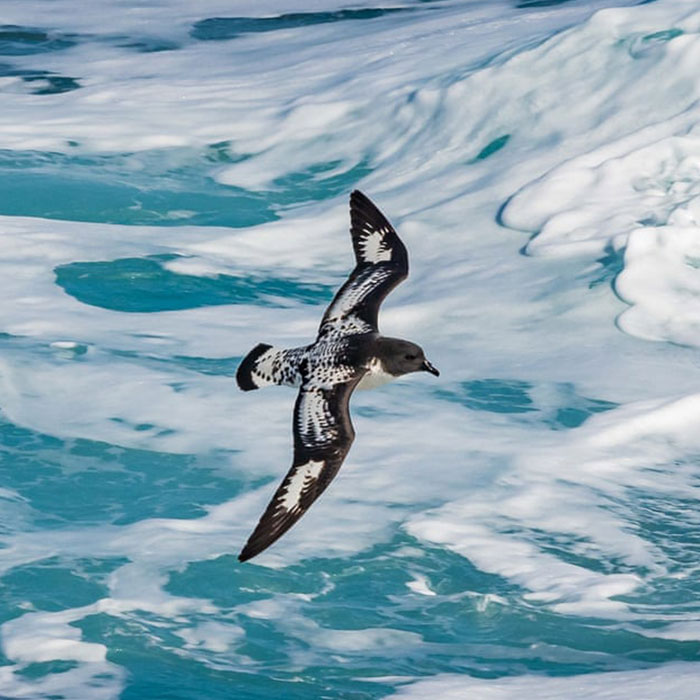








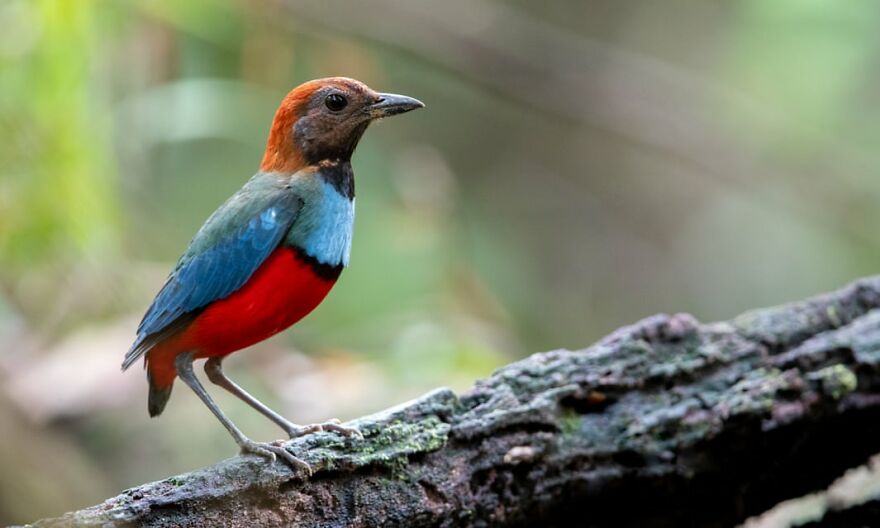
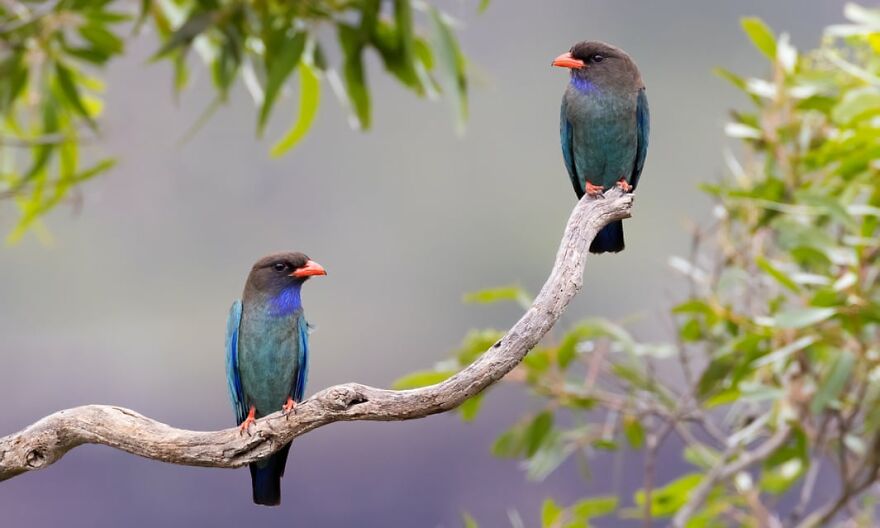
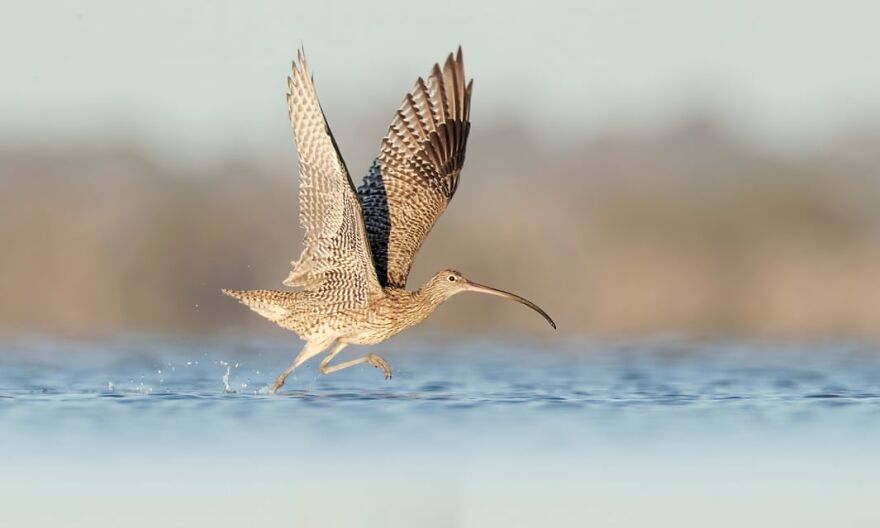
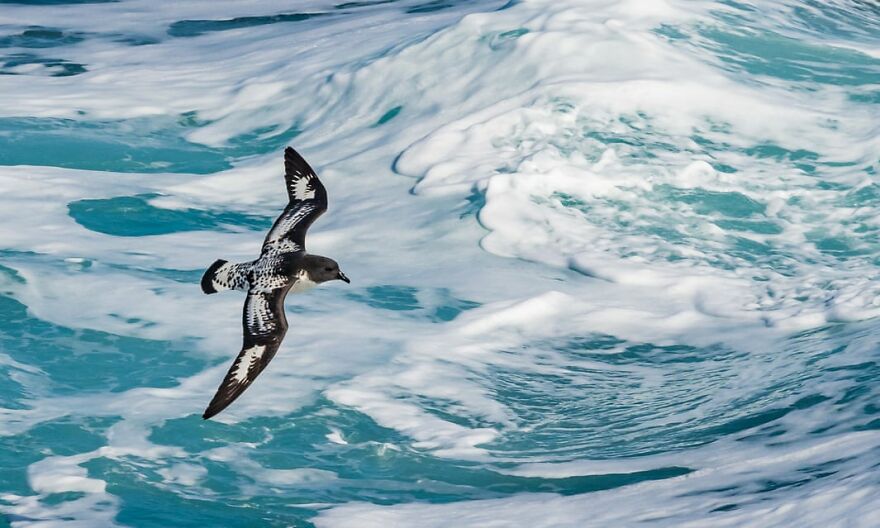
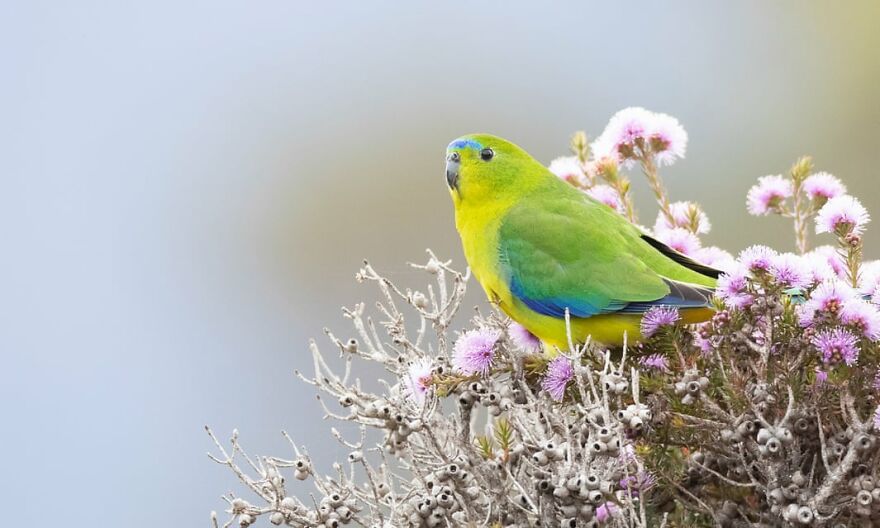
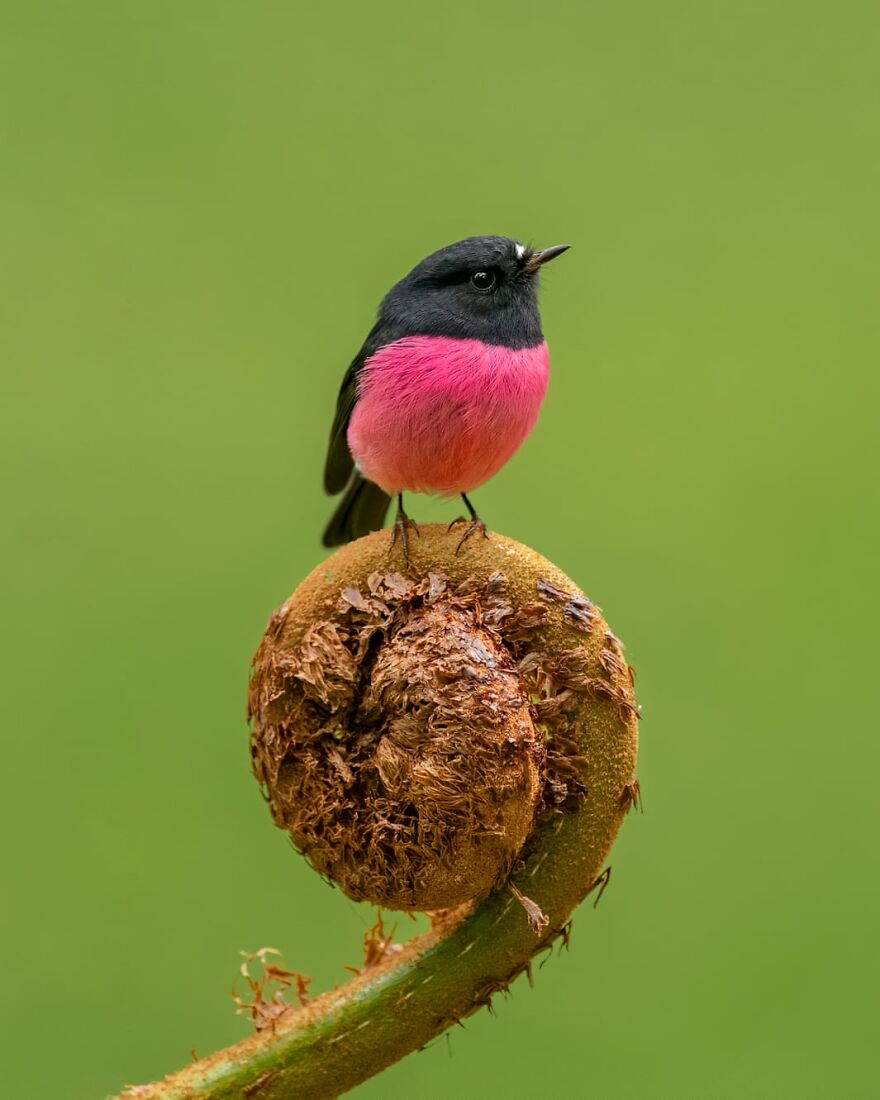
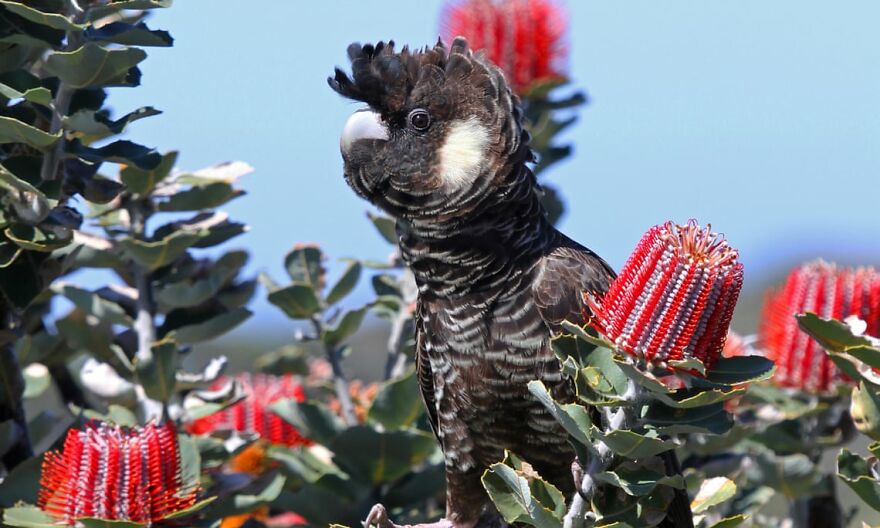
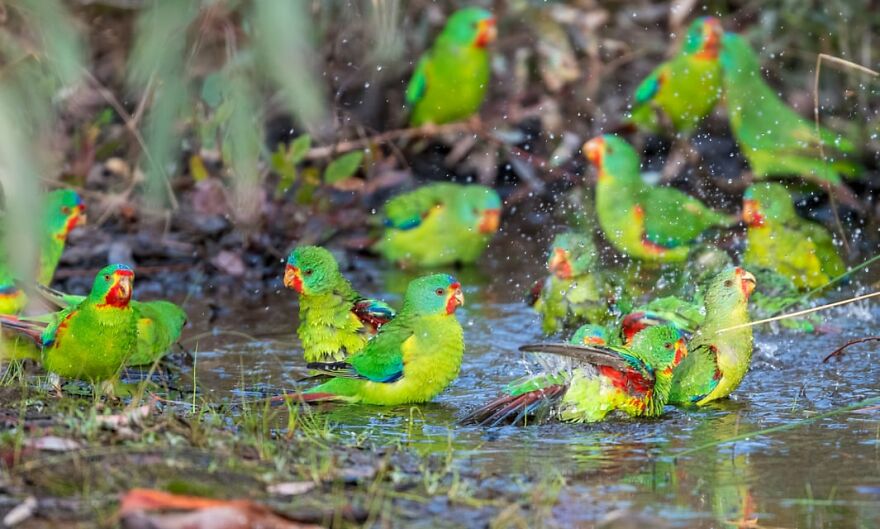
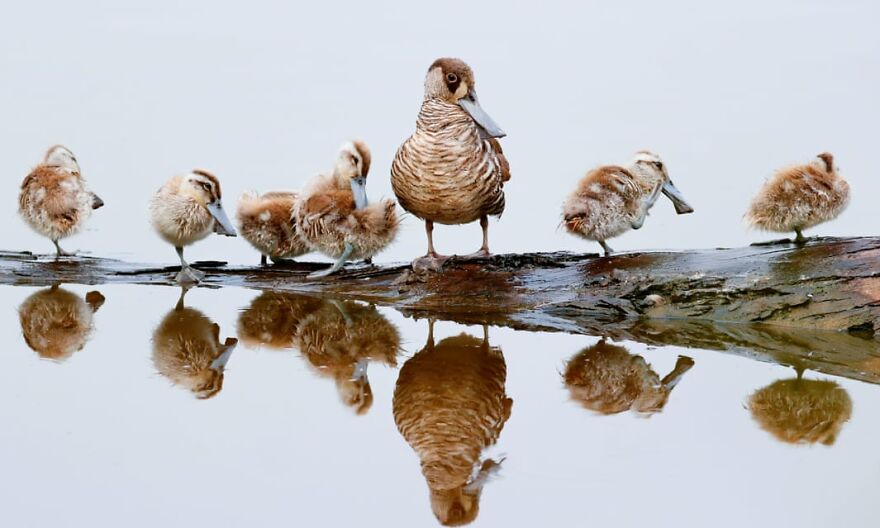
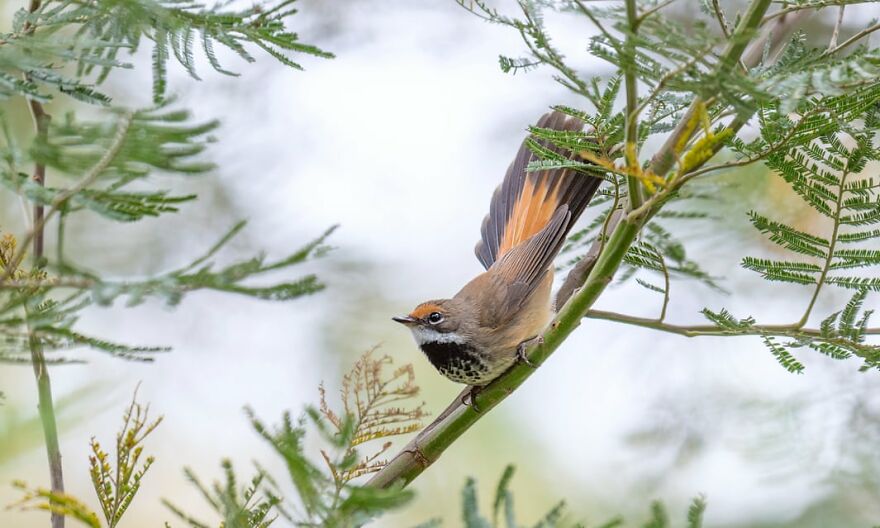
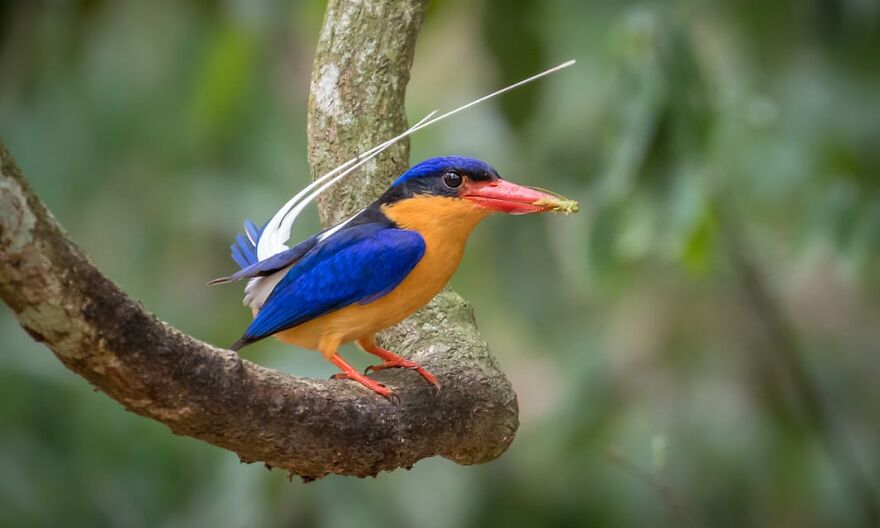
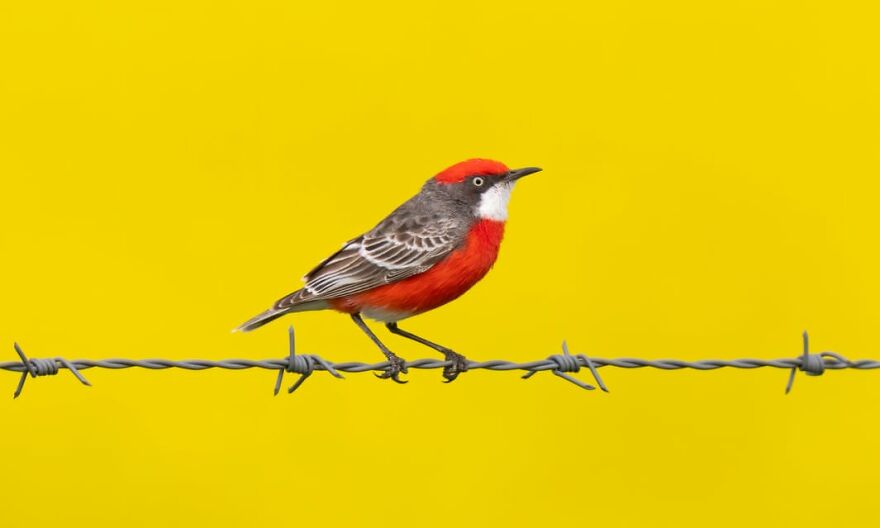

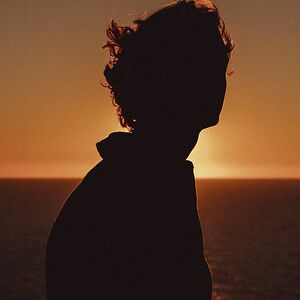





































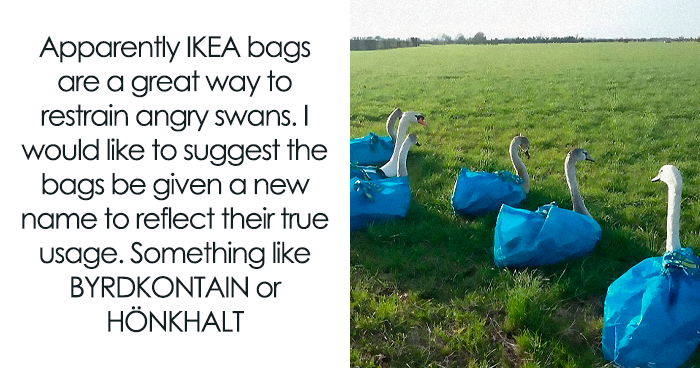




88
6